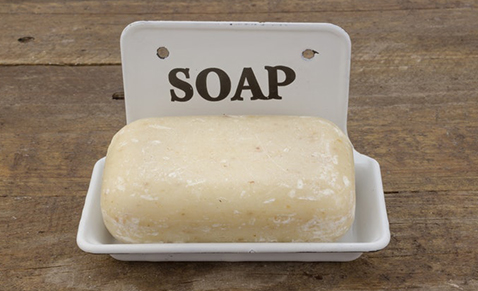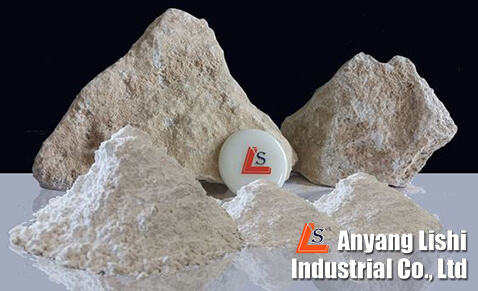
1. Refining: The purpose is to remove impurities in oil. The refining process includes degumming and deacidification and decolorization. Degumming is to remove colloids such as phospholipids from oil. You can hydrate the colloids such as phospholipids with water and then precipitate out. This method is called hydration method. Concentrated sulfuric acid can also be used to carbonize and precipitate phospholipids and similar impurities. This method is called acidification.
2. Saponification: After oil is refined, it undergoes saponification reaction with alkali. The main saponification method is boiling. The soap pot is cylindrical or square. The soap pot is not only equipped with delivery pipes for grease, alkali, water, brine, etc., but is also equipped with direct steam or steam coils to introduce steam and stir the soap ingredients.
3. Salting out: Add salt or saturated salt water to the closed soap material to separate the soap from the dilute glycerin water. After the closed soap glue is salted out, the upper layer of soap is called soap particles, and the lower layer of salted glycerin water is discharged from the bottom of the soap pot, and the glycerin can be recovered.
4. Washing: After separating the waste liquid, add water and steam to boil the soap particles to turn them into a uniform soap gum, and wash out the remaining glycerin, pigments and impurities.
5. Alkali analysis: Alkali analysis further washes out the glycerin, salt, pigments and impurities in the soap particles, which can completely saponify the remaining oil in the soap particles. The concentration of alkali at which alkaline water is completely precipitated is called the limit concentration of alkaline water. The upper layer is pure soap base, and the lower layer is soap stock. The soap stock has a dark color and many impurities, so it is usually reused in the next alkali analysis.

Feldspar minerals include potassium feldspar, feldspar, soda feldspar, microfeldspar, plagioclase and various plagioclase, as well as barium feldspar, etc., which are aluminosilicates of potassium, sodium, calcium and barium. Among them, soda feldspar is mainly used in glass, ceramics, grinding wheels, electrical insulation materials, cement and other industries.
Using part of the soda feldspar as filler in soap production can reduce the amount of water glass, reduce a certain production cost, reduce the shrinkage rate of soap, make the soap less likely to twist and deform, stabilize the weight of the bar, maintain the beauty and appearance, and also improve the quality of the soap. Strength and hardness increase the friction of soap during laundry.
Soda feldspar can act as a mild abrasive in soap recipes. This property is useful for cleansing and exfoliating the skin, helping to remove dead skin cells and impurities. Feldspar minerals provide soap with essential minerals such as potassium and aluminum. These minerals can have beneficial effects on the skin.

Soda feldspar improves the opacity and texture of soap. It adds a level of opacity to the soap, giving it a smooth and creamy appearance. In addition to traditional soaps, soda feldspar is sometimes used as a binder in the production of detergent bars. It helps hold the detergent particles together, providing structural integrity to the bar.
Taking the production of 100 kilograms of type 53 soap as an example, the cold plate process is used. In the soap transfer stage, 85 kilograms of soap base (fatty acid content 60%) and 12 kilograms of water glass are used to prepare, and then 3 kilograms of 320 mesh soda feldspar powder are added. The stirring speed is 40 rpm, the temperature is 86°C, and the mixture is stirred for 15 minutes. The other processes remain unchanged to obtain the finished product.

Whether you have questions or you would just like to say hello,Contact us!
Call Anytime:
+86 15837207537Send E-mail:
info@lsakminerals.comAddress:
Anyang City , Henan Province, China.